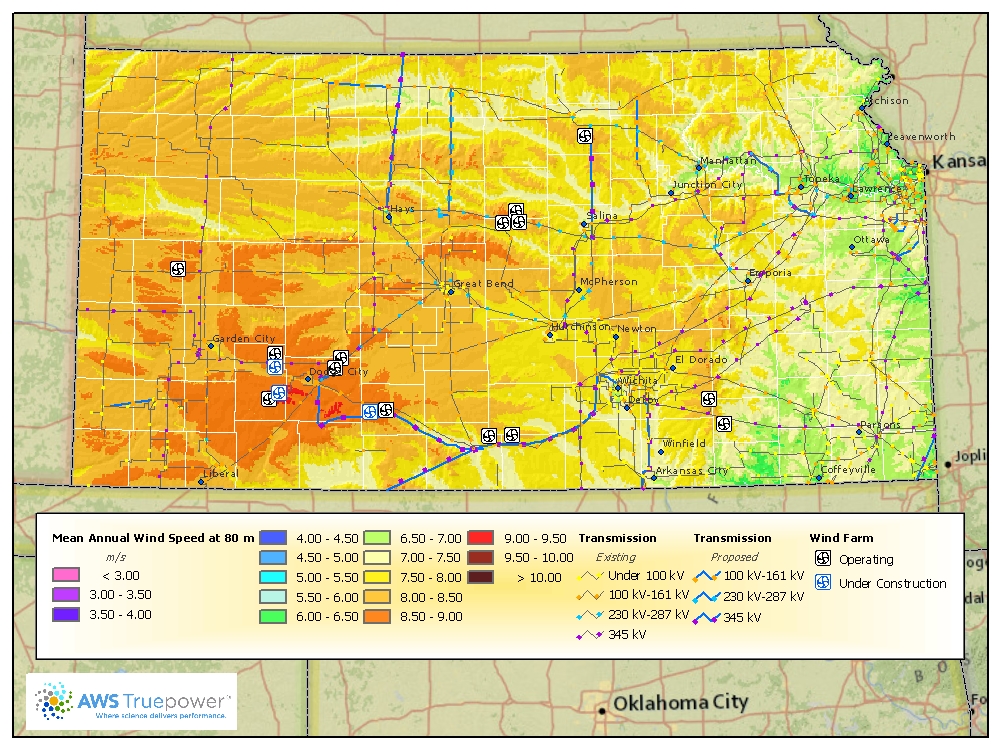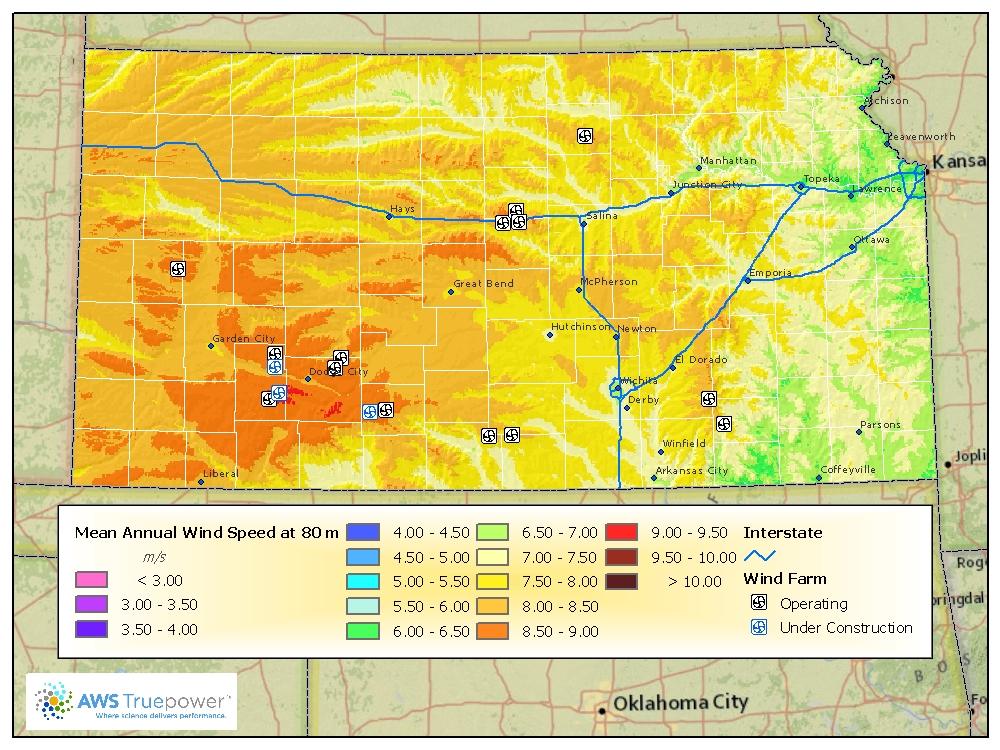As part of our continuing effort to provide current, topical information relating to renewable energy projects, RenewableEnergyLawInsider provides a series of posts from individuals with a wide range of experience and expertise. Today, Tracy Hammond from the Polsinelli Public Policy Group in Washington D.C. provides an update about the U.S. House of Representative’s failed Farm Bill and its impact on the renewable industries.
I was prepared to title this piece “A Tale of Two Farm Bills” after the U.S. House of Representative’s presumed-passage of comprehensive farm legislation this week. I would have reported on the drastic differences between the Energy Titles within the House and Senate Farm Bills while speculating on what a future compromise might look like. However, after the House failed to pass its version of the bill (H.R. 1947) 195-234, it is now unclear if we will even see legislation enacted at all. While the Senate approved its bill (S. 954) on June 10th by a bipartisan vote of 66-27, the House’s failure leaves the fate of the Farm Bill and its energy provisions uncertain at best. This, coupled with the expiration of current programs at the end of September, leaves us all with an option no one wants—an extension of current policy with no real funding for renewable energy in rural America.
How did we get here? Well, in addition to setting federal agriculture policy, the Farm Bill also has a dramatic impact on rural, renewable energy. In 2002, Congress began shaping energy policy through farm legislation. Then—and again in the 2008 bill—Congress has used the Farm Bill to create renewable energy programs for rural America and incentivize ethanol and biodiesel production. This year; however, many of these innovative programs are likely to receive reductions in funding or may be ended completely.
The 2008 Farm Bill expired in 2012; however, Congress approved a bare-bones extension (to September 30, 2013) of current policy in the year-end “Fiscal Cliff” deal. Unfortunately, this deal failed to include any funding for the bill’s energy programs, essentially suspending them for 9 months.
Even if Congress can get the Farm bill back on track, the House and Senate bills treat their respective energy titles very differently in terms of funding levels and prioritization. The Senate bill provides $880 million in mandatory funding (over 5 years) for various energy programs like the Rural Energy for America Program, the Biorefinery Assistance Program, and the Biomass Crop Assistance Program. S. 954 would also authorize another $1.12 billion in discretionary funds. H.R. 1947, on the other hand, would eliminate all mandatory funding and authorize $1.4 billion in discretionary funds. By comparison, the current 2008 farm bill authorized $1.1 billion in mandatory funds and $1 billion in discretionary funds.
Although these figures sound like a lot of money, Congress rarely (if ever) actually appropriates any of the discretionary funds included in these bills. Thus, the only money that will ever go to farmers and rural small businesses must come from mandatory funds. Because of their budgetary concerns, House Republicans have essentially called for the end of several energy programs aimed at rural America even if they can pass a bill out of their chamber.
It is still possible that the House can approve a bill and that some funding will survive a House-Senate compromise later this year; however, it’s increasingly likely that several energy programs will receive dramatically reduced funding and may end altogether if Democrats and Republicans can’t compromise and cobble together a path forward.


















